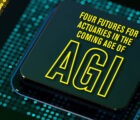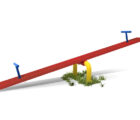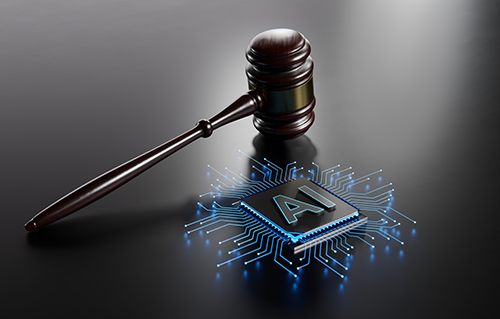 This puzzle is a variation of the aerial dogfight puzzle (AR November/December 2013) that was suggested by David Uhland. This variation was mentioned in the solution of the original puzzle (AR March-April 2014), but subsequently no one sent in a solution to the variation.
This puzzle is a variation of the aerial dogfight puzzle (AR November/December 2013) that was suggested by David Uhland. This variation was mentioned in the solution of the original puzzle (AR March-April 2014), but subsequently no one sent in a solution to the variation.
Snoopy and the Red Baron fly past each other only inches apart, barely missing a head-on midair collision. Both are armed with laser pointers mounted on their planes that point only in the direction of motion, at zero angle of attack. Both fly at constant speeds but the Red Baron flies twice as fast as Snoopy. The Red Baron can also turn with triple the acceleration, “pulling three times as many Gs” as Snoopy. As they pass, the Red Baron turns hard to his right and Snoopy turns hard to his right. (In the original puzzle Snoopy turned hard to his left.) Both continue in their turns until one wins by first shining his laser pointer on the other. Who wins? Alternatively, if the Red Baron’s speed is only nine tenths of Snoopy’s speed and his turning acceleration only three-fourths of it, who wins?
Know the answer? Send your solution to ar@casact.org.
GPS in Flatland
 In this puzzle, Flatland has set up three fixed GPS broadcast stations (A, B and C) on the vertices of an equilateral triangle with edges of length 100 kilometers. When Richard leaves his house in Flatland to visit Roger his GPS receiver gets a time signal of exactly 7 a.m. from C, but the time from B is 0.00001 seconds earlier and the time from A is 0.00004 seconds earlier. When Richard arrives at Roger’s house the time he receives from B is 0.00001 seconds later than the time he receives from C, and the time from A is 0.00004 seconds later than the time from C. How far is Richard’s house from Roger’s house?
In this puzzle, Flatland has set up three fixed GPS broadcast stations (A, B and C) on the vertices of an equilateral triangle with edges of length 100 kilometers. When Richard leaves his house in Flatland to visit Roger his GPS receiver gets a time signal of exactly 7 a.m. from C, but the time from B is 0.00001 seconds earlier and the time from A is 0.00004 seconds earlier. When Richard arrives at Roger’s house the time he receives from B is 0.00001 seconds later than the time he receives from C, and the time from A is 0.00004 seconds later than the time from C. How far is Richard’s house from Roger’s house?
A, B and C can be given two-dimensional kilometer coordinate values (0,0), (50, 50√3), and (100, 0), respectively. The speed of light is c ≈ 299,792 km/sec. Let (x, y) be the coordinates of Richard’s house and (u, v) be the coordinates of Roger’s house. So the time signals Richard receives when he leaves home result in the following equations:
√((x-100)2+y2)=√((x-50)2+(y-50 √3)2)+(0.00001 sec.)c and √((x-100)2+y2)=√(x2+y2)+(0.00004 sec.)c.
After wrestling with the numerical algebra this leads to (x, y) ≈ (43.1716, 27.052). Similarly the signals when Roger arrives at Richard’s house result in the equations following:
√((u-100)2+v2 )
=√((u-50)2+(v-50 √3)2 )-
(0.00001 sec.)c and
√((u-100)2+v2 )
=√(u2+v2 )-(0.00004 sec.)c.
After more rounds of numerical contortions this leads to (u, v) ≈ (57.0732,31.065). So the distance from Richard’s house to Roger’s house is about
√((43.1716-57.0732)2+
(27.052-31.065)2)≈14.4692 km.
Solutions were submitted by Robert Balmer, Bob Conger, Brian Hall and Ken Klinger.













